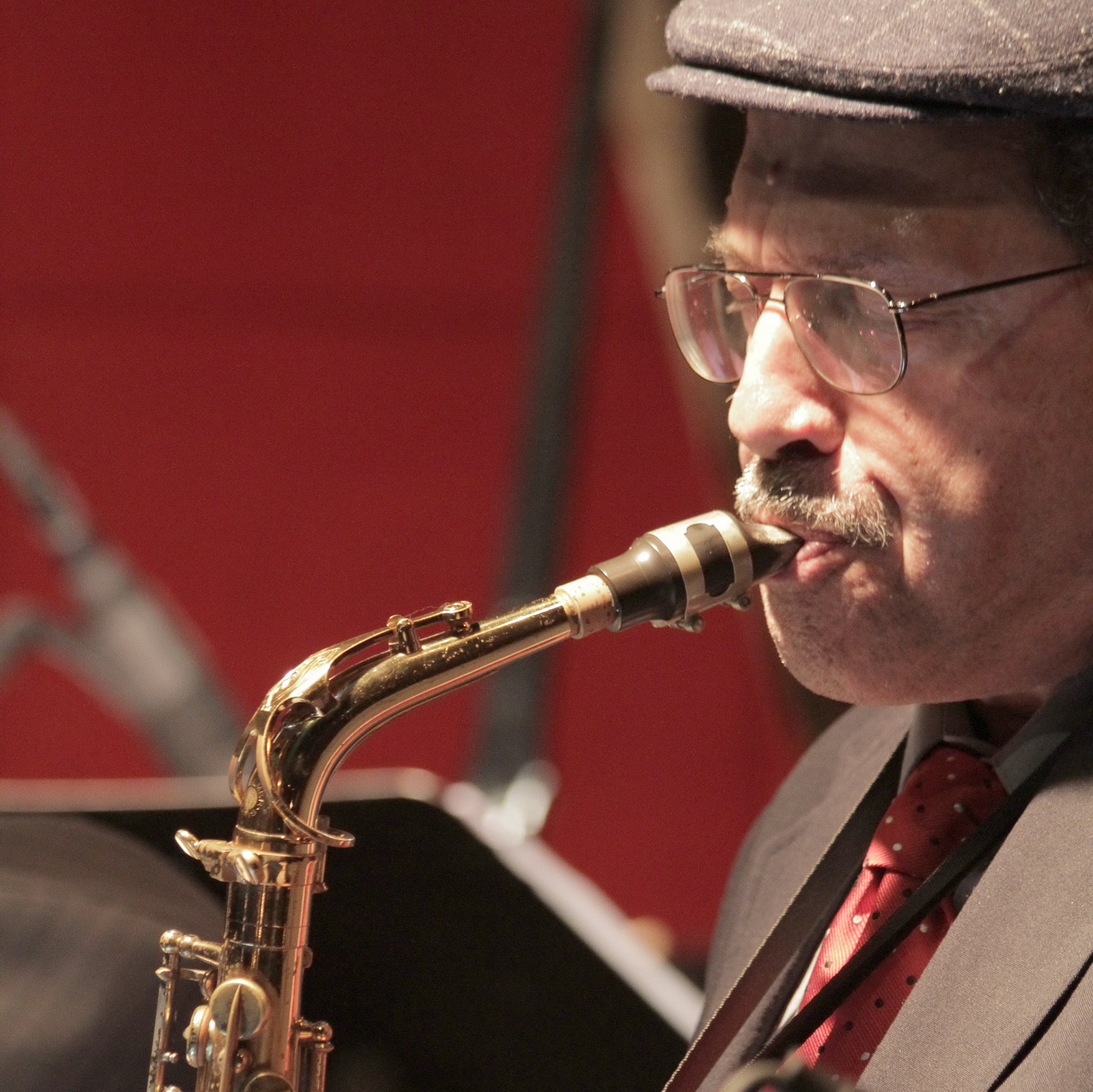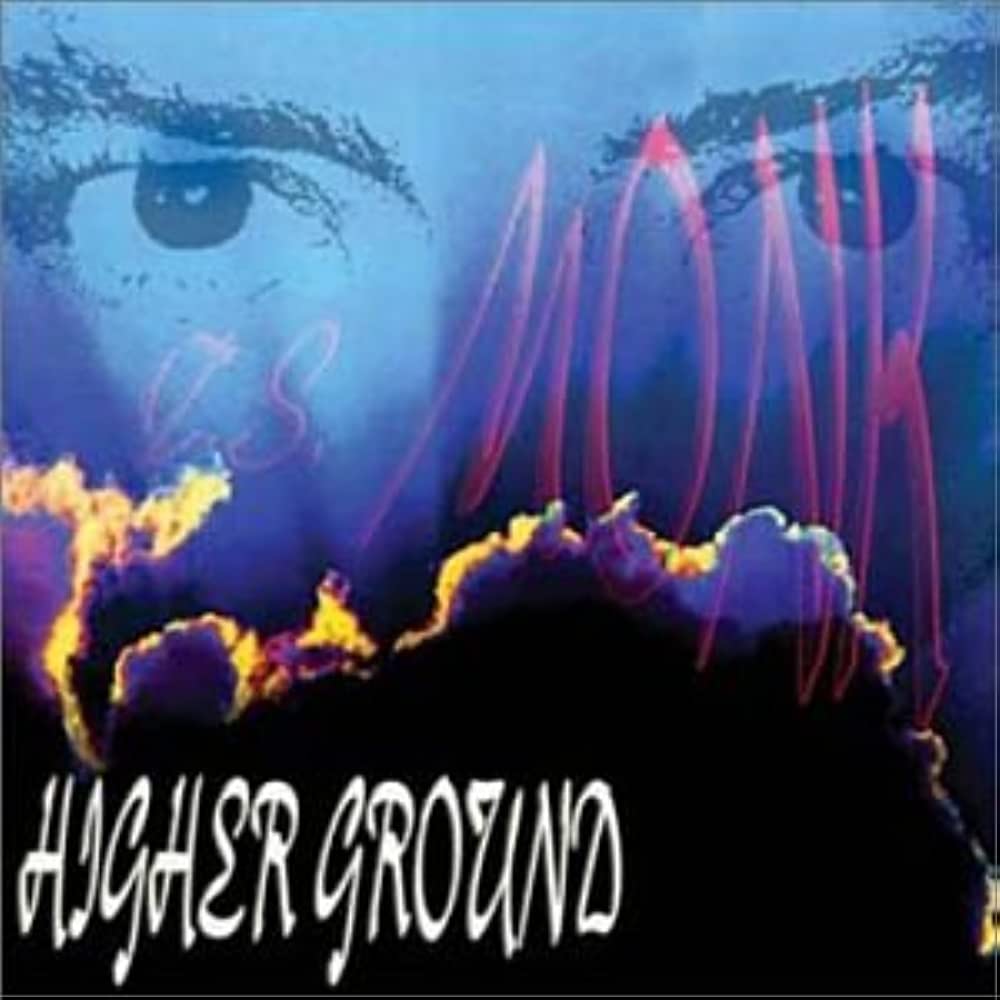A subtly advanced song, with plenty of counterpoint as well as harmonic and rhythmic shifts. The flowing melody and funky medium Latin groove—both signature elements of Bobby Porcelli’s writing style—hold Harristocracy together. The counterpoint comes from the bass line, doubled by the left hand of the piano, which keeps up a constant rhythmic dialogue with the melody throughout the head.
The form of Harristocracy is 28 measures long: a repeated 10-measure A section and a repeated four-measure B section. Though the key center of E♭ is relatively clear, there are no tonic E♭ major chords. The A section is full of stepwise motion that makes the key center slightly ambiguous, while the B section features a more pedal-like line in the bass on E♭, with stepwise shifting triads on top. In the head, the fourth measure of the A section is in 5/4, repeating the phrase from the second measure but starting on the “and” of beat 2 rather than 1.
Solos are on a simplified version of the head changes, but with the A sections (indicated as C on our lead sheets and parts) switching to double-time swing, returning to medium Latin for B (as D). The chord progression in the double-time section is twice as long; in other words, the speed of the harmonic motion is the same as the original tempo in the head changes.
There is an eight-measure intro, which repeats the rhythm section figure from the first four measures of the head. It’s also played to set up the out head after the solos. On the out head, the B section is played four times with an abrupt ending.
About the arrangement: Concert Condensed Score and horn parts are available for the recorded three-horn arrangement, as well as piano and bass parts which also work for lineups with one melody instrument. The horns play unison for the first A section, but go to harmony on the repeat. At B they play harmony throughout, but with only two horns at a time for most of the melody phrases; all three come together for the tied-over pickups into each measure. The pattern of which two horns play each phrase changes on the repeat of B. Our Condensed Score and parts have the repeat of B written out, as well as the repeat of A on all except the 1st parts.
On the recording, there are four sets of backgrounds for the solos: one for each horn soloist and piano, played on the second chorus of each solo. These are not included in our score and parts, but may be added to jazzleadsheets.com soon as a separate edition.
Bobby Porcelli named this song for pianist
Harris Simon, a frequent collaborator since the ‘70s. Though the two have not recorded on any albums together, an exclusive recording is available on jazzleadsheets.com featuring Bobby and Harris playing the former’s song
Rejuvenate with Don Sickler in 1977. Harris recorded
Rejuvenate on his own album "
Short Conversation” in 1983.
For another song on T.S. Monk’s "
Higher Ground”, check out
Life’s Mosaic by Cedar Walton and the Hacketts (featuring vocalist Miles Griffith).


